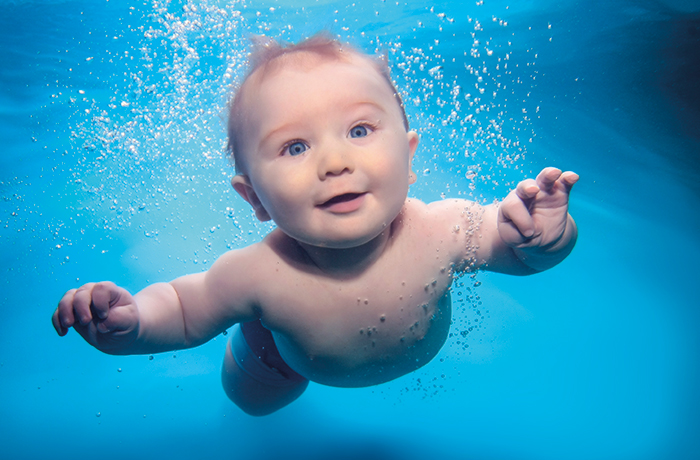Doctors have put humans into a state of suspended animation for the first time in a groundbreaking trial that aims to buy more time for surgeons to save seriously injured patients.
The process involves rapidly cooling the brain to less than 10C by replacing the patient’s blood with ice-cold saline solution. Typically the solution is pumped directly into the aorta, the main artery that carries blood away from the heart to the rest of the body.
Known formally as emergency preservation and resuscitation, or EPR, the procedure is being trialled on people who sustain such catastrophic injuries that they are in danger of bleeding to death and who suffer a heart attack shortly before they can be treated. The patients, who are often victims of stabbings or shootings, would normally have less than a 5% chance of survival.
Samuel Tisherman, at the University of Maryland, in Baltimore, described the trial at a recent symposium held by the New York Academy of Sciences. He said at least one patient had had the procedure but did not elaborate on whether that patient or any others had survived. The first time the team performed the process was “a little surreal”, he told New Scientist magazine.
Rapid cooling of trauma victims is designed to reduce brain activity to a near standstill and to slow the patient’s physiology enough to give surgeons precious extra minutes, perhaps more than an hour, to operate. Once the patient’s injuries have been attended to, they are warmed up and resuscitated.
https://www.theguardian.com/science/2019/nov/20/humans-put-into-suspended-animation-for-first-time?CMP=soc_567&fbclid=IwAR2bEXlFzM08Wn2_H1uP-vy9SFwT3SQ_0Mdrdj-L2zJLjg-BTSuw13Oe1m4
